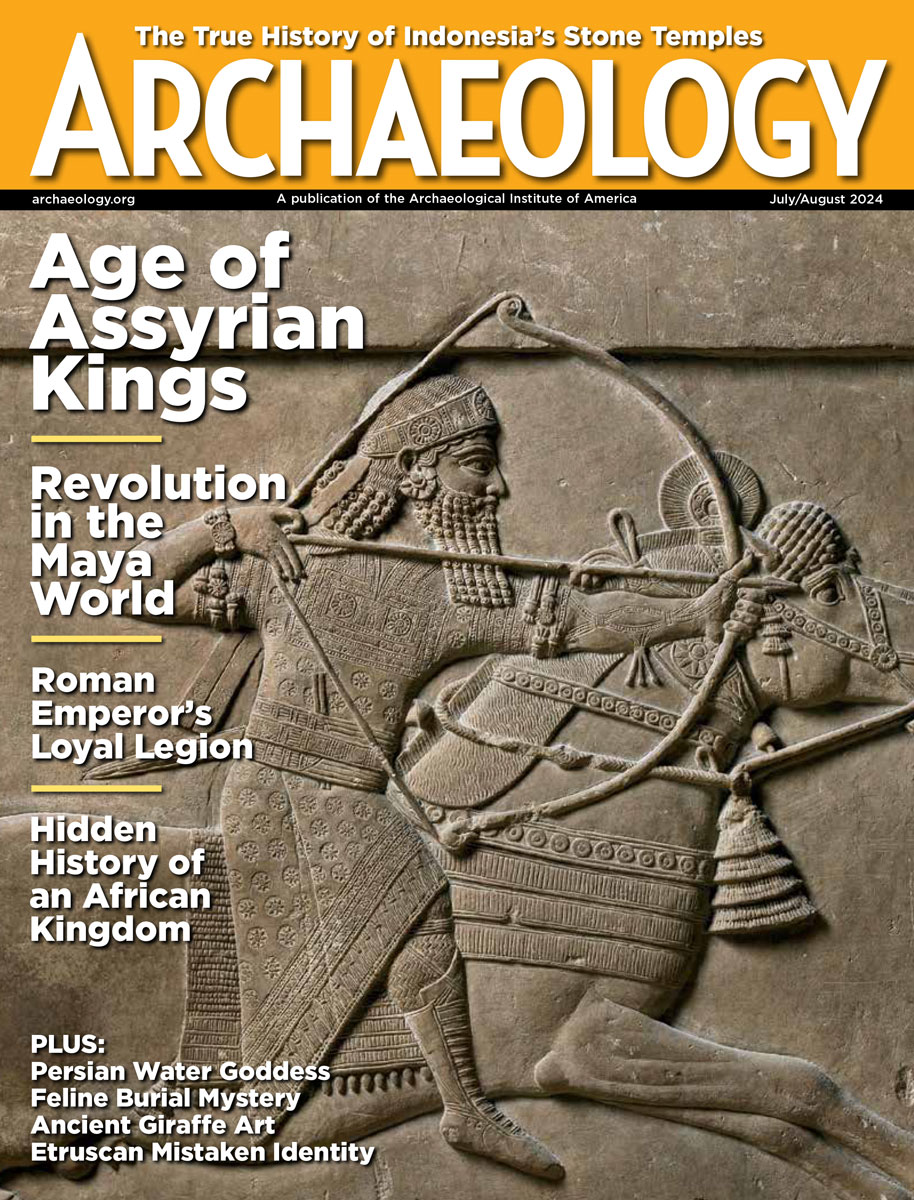Tuesday, April 24
April 24, 2012
An intact 2,500-year-old tomb containing bronze weapons, musical instruments, and jade jewelry has been discovered in eastern China. Inscriptions on bronze pots will help archaeologists identify the occupant of the tomb, especially since they have not been able to find any human remains. “We need to do more research to determine whether the owner of the tomb was a man or a woman. It could be a warlord or his concubine. The person was a dignitary, that much is certain,†said Hao Daohua of Shandong Archaeology Research Institute.
Lars Wedelin of the Swedish Museum of Natural History examined the jaws, teeth, snouts, and other anatomy of carnivores in order to determine what they ate and how they fit into the environment over millions of years. He found that the scavenging habits of human ancestors may have driven animal scavengers extinct 1.5 million years ago. “Even I was surprised by the dramatic drop,†he said.
Archaeologist Gary Ellis has been searching for Fort Micanopy, which was built in 1835 in Florida during the Seminole Wars. Current residents of Micanopy, the oldest inland town in Florida, have been assisting with project and providing clues and artifacts found on their properties, including human remains, ammunition, pottery, cutlery, and military buttons. “One or two people just intuitively knew where the fort was because it couldn’t be anywhere else,†he hinted.
The Colorado River Indian Tribes say that a human tooth and burned bone fragments uncovered by erosion in the Mojave Desert are evidence of an ancient cremation site. This is the third archaeological find that has turned up after the fast-track archaeological survey that was conducted for the Genesis solar project. “But out there, fast-track processes that do not involve a lot of thorough research before building something are setting the state for future conflicts and potential disasters,†commented Jon Erlandson of the University of Oregon Museum of Cultural and Natural History.
The Egyptian government reports the discovery of a relief depicting Ramesses IIIÂ offering sacrifices to the god Amon Ra at the Temple of Karnak. His wife, Amont, is also shown on the slab. Ramesses III is thought to have ruled Egypt from 1186 to 1155 B.C.
Giuseppina Capriotti of Italy’s National Research Council has identified a large sculpture at the Egyptian Museum in Cairo as the twins born to Cleopatra VII and Mark Antony. It is also engraved with stars, and was probably part of a ceiling. Cleopatra Selene and Alexander Helios were born in 40 B.C., and were then moved to Rome after the suicide of their parents.
Artist Jeremy Deller has created a bouncy-castle version of Stonehenge titled Sacrilege, which is now on display at the Glasgow International Festival of Visual Art. “We had 112 kids bouncing on it this morning. It’s a very entry level way into thinking about ancient history for five-year-olds,†he explained. The sculpture will tour England and land at the Olympic games this summer.
- Comments Off on Tuesday, April 24









